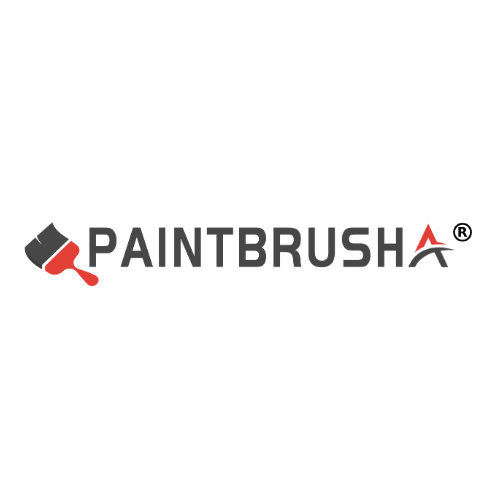Painting textures with an oil brush is a very important part of oil painting creation. It can not only enhance the layering and three-dimensionality of the picture, but also make the picture more artistically expressive. The following are some usage tips for painting textures with oil brushes:
First, choose the right oil painting brush
Bristle material:
Pig bristle brush: It is firm and elastic, suitable for drawing rough and thick textures such as tree bark and rocks.
Soft-bristled brushes (such as wool brushes) : Soft and fine, suitable for drawing fine and smooth textures, such as skin, silk, etc.
Synthetic fiber brush: Durable and affordable, suitable for use when drawing a large amount of textures.
Bristle shape:
Circular brush: Suitable for drawing point-like or small-area textures.
Flat brush: Suitable for drawing linear or large area textures.
Fan-shaped brush: Suitable for drawing fan-shaped or arc-shaped textures, as well as for transitions and fusions.
Second, master the basic brushstroke techniques
Flat brushstrokes:
Use a wide brush or a flat brush to evenly apply the paint on the canvas to fill large areas of the background or base color, laying the foundation for texture drawing.
Vertical stroke:
Use the tip of a pen or a slender brush to make short and even strokes in the vertical direction. It is suitable for drawing slender lines, textures or details.
Horizontal strokes:
Similar to vertical strokes, but carried out in the horizontal direction, it is used to represent horizontal lines, textures or smooth surfaces.
Diagonal brushstrokes
Using the brushstrokes at an oblique Angle is employed to depict slanted lines, inclined objects or planes, enhancing the dynamic effect of the picture.
Heavy brushstrokes
Use a large brush or thick paint, and apply a considerable amount of paint to press or smear on the canvas to create a heavy texture and grain.
Third, create textures by using different tools and techniques
Scraper technique:
Using a scraper to scrape the paint onto the canvas can create a rough and uneven texture effect. The scraper can also be used in combination with a paintbrush. First, apply the paint with the paintbrush, and then use the scraper to scrape out the texture.
Spraying technique:
Using a spray bottle or toothbrush to spray or drip paint onto the canvas can create interesting spots, particles or blurred effects, which are suitable for depicting natural elements such as raindrops and water splashes.
Rubbing technique:
Using items of various materials (such as fabric, leaves, paper, etc.) dipped in paint and then printed on the canvas can create unique texture effects.
Hybrid technique
Pour or mix different pigments on the canvas, and then use a brush or other tools to blend and spread them out, which can create random color and texture effects.
Fourth, pay attention to the combination of colors and layers
Color matching:
The color of the texture should be in harmony with the overall tone of the picture, which can be achieved by adjusting the proportion and concentration of the pigment.
Adjacent colors or contrasting colors can be used to highlight the visual effect of the texture.
Hierarchical processing
The drawing of textures should have a sense of layering and depth, which can be achieved by superimposing brushstrokes, changing the transparency and dryness of the pigment.
Some gradient effects can be drawn around the texture to make it blend more naturally into the picture.
Fifth, maintain the overall sense and unity of the picture
Composition considerations:
Before drawing the texture, the overall composition and color layout of the picture should be considered to ensure that the drawing of the texture does not disrupt the overall sense of the picture.
Detail handling:
The drawing of textures should focus on detail handling to avoid being too rough or blurry. Fine depiction can be carried out using a small brush or a detail pen.
Overall adjustment
After the texture is drawn, the picture should be adjusted as a whole to check if there are any uncoordinated areas or areas that need improvement.
By applying the above techniques, a rich variety of oil painting texture effects can be created, making the picture more vivid and interesting. During the drawing process, one should constantly try and explore different techniques and tools to find the most suitable painting style for oneself.
